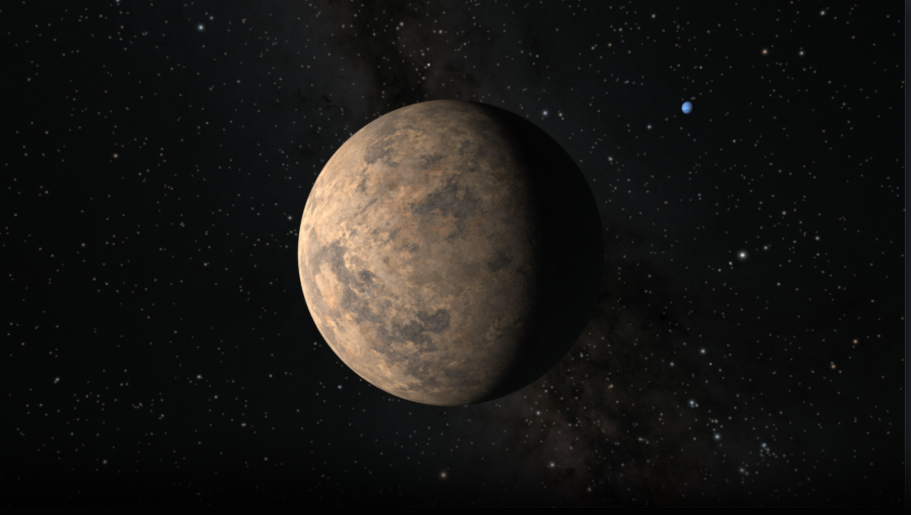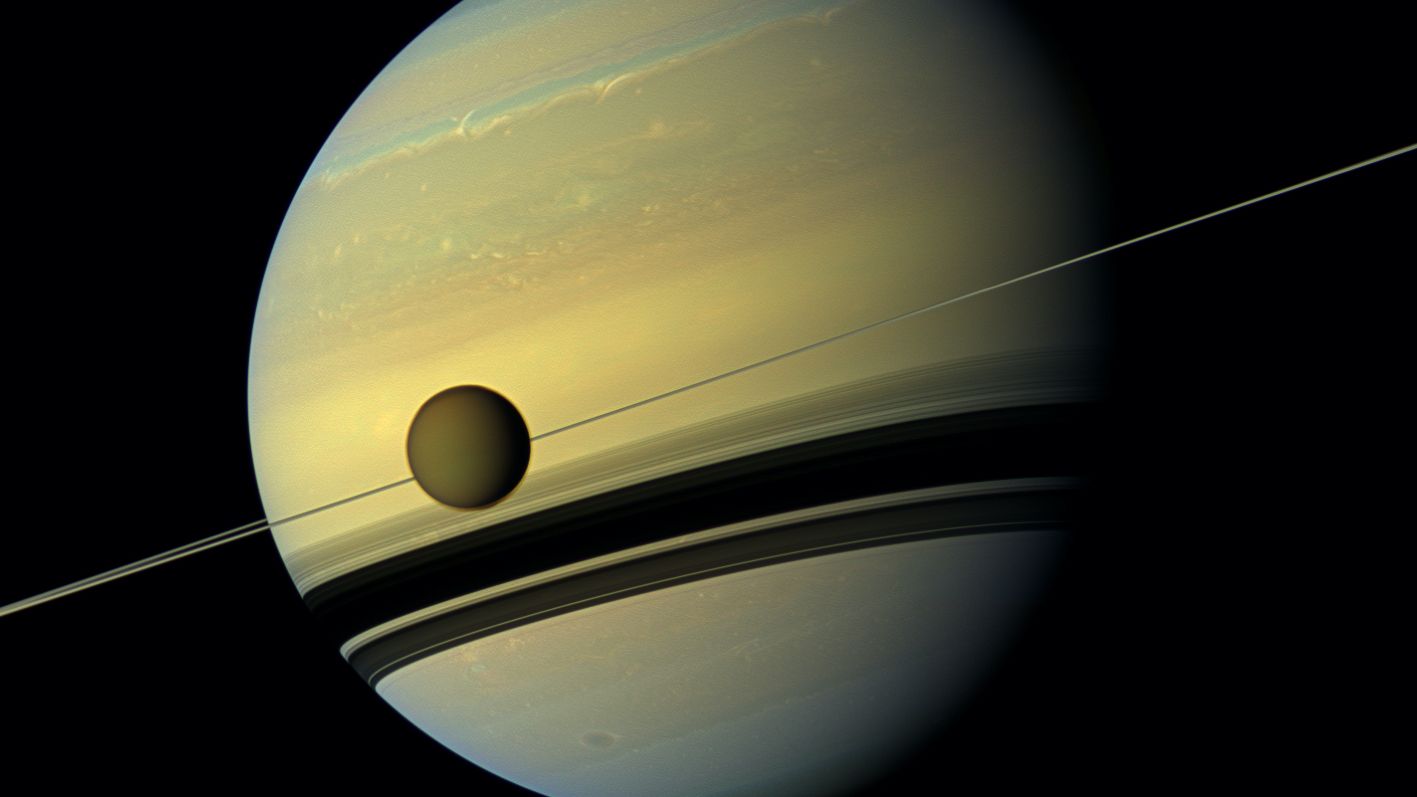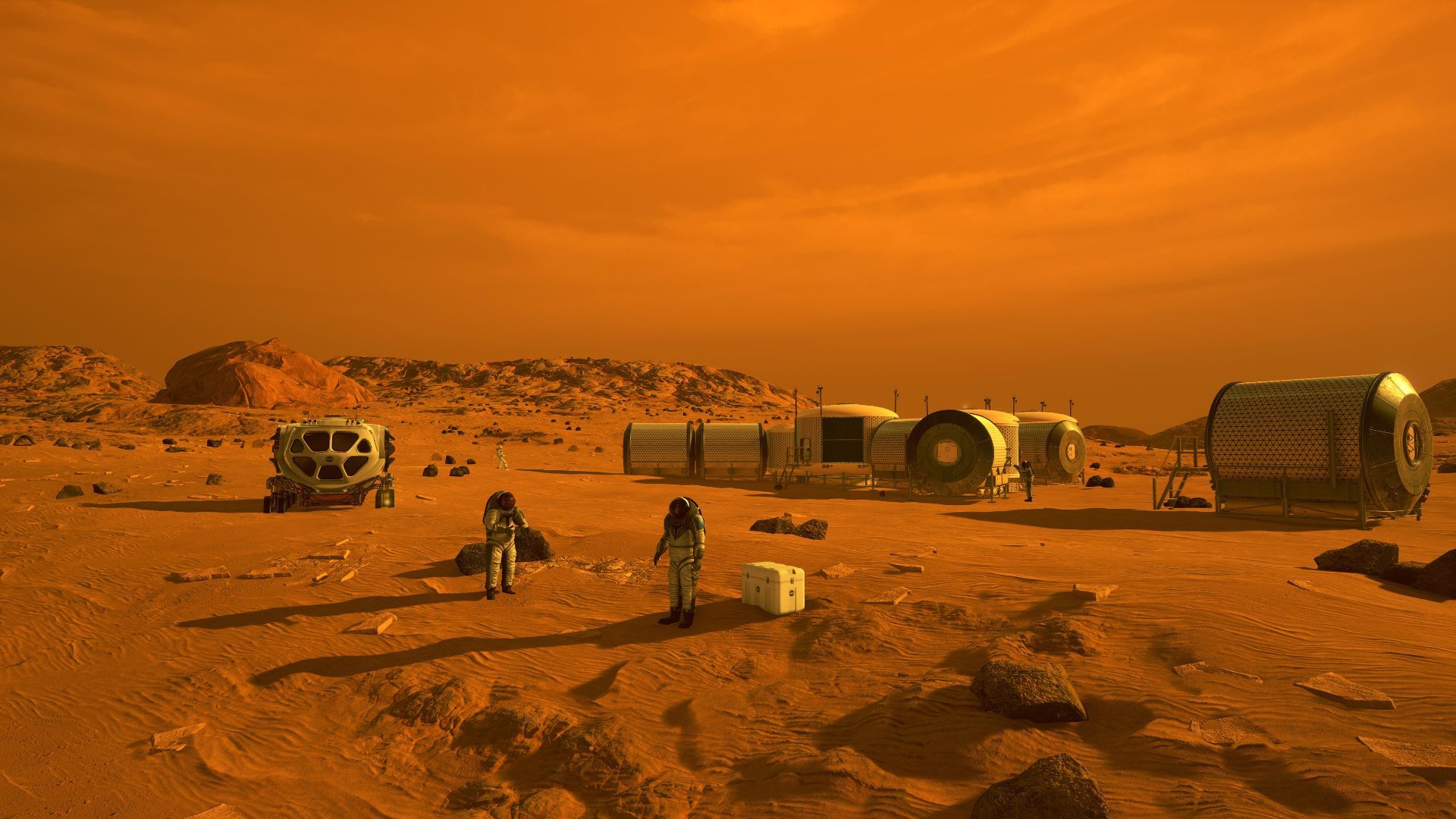Humans have been fascinated by the thought of aliens for centuries now, and it’s hard not to wonder—are we alone? The universe is vast, and we haven’t even uncovered 1% of it.
The Search Is Ongoing
Maybe alien civilizations watch us from afar, or perhaps only microbes gather in some distant world. Every new mission and space technology fuels the hunt, and who knows what new possibilities exist for us to find?
Some missions focus on nearby planets like Mars, while others scan distant star systems for signals. The goal? Find proof, any proof, that life exists beyond Earth. So far, nothing conclusive—no fossils, no signals. But we keep searching because the universe is vast, and the math suggests we’re not special. With the right technology, we may one day be closer to finding out for sure.
Why Some Scientists Think Alien Life Exists
Our galaxy alone holds 100–400 billion stars, each likely hosting at least one planet. That’s billions of potential homes for life, even if it’s just microbes.
There Are So Many Exoplanets
Exoplanets are planets that orbit stars outside our own solar system. NASA confirmed the existence of more than 5,800 exoplanets among the billions believed to be in our galaxy alone—many with Goldilocks zones, conditions where it’s not too hot or too cold.
We use telescopes to find exoplanets, and the one telescope that revolutionized this is the Kepler Telescope, by being able to detect tiny dips in a star’s brightness when a planet passes in front.
The Transiting Exoplanet Survey Satellite (TESS) is a mission by NASA to discover exoplanets. TESS, along with the James Webb Space Telescope, analyzes exoplanet atmospheres for water, methane, and oxygen—potential signs of life.
The Drake Equation
The Drake equation—originally formulated by the astronomer and astrophysicist Dr. Frank Drake—is a mathematical equation used to estimate the probability that technologically “advanced” life exists in the universe. The results can vary from zero to millions because we just don’t have all the data yet for every single factor. We only know that life exists on one planet, Earth, so our sample is very limited.
Fermi Paradox
With so many planets, why haven’t we found signs of life? Enrico Fermi posed this question in the 1950s, and then it became known as the Fermi Paradox. Maybe intelligent civilizations self-destruct before spreading. Maybe they’re too far away, or worse, they’re deliberately avoiding us—life isn’t so simple on this planet after all.
The “Wow!” Signal
In 1977, astronomer Jerry Ehman spotted a powerful 72-second radio signal from deep space. He scribbled “Wow!” next to the data, and the name stuck. The signal was never repeated, and its source remains a mystery. Was it aliens? A cosmic fluke?
Some research has suggested that there are natural explanations for this signal involving hydrogen clouds, though this is still a subject of debate. No one knows for sure, but it’s one of the most exciting signals ever recorded.
We have also sent out our own messages, such as the 1974 Arecibo Message—a radio transmission beamed toward a distant star cluster. Did anyone get it? No clue. Maybe an alien civilization is already responding, but their message is still traveling to us at light speed.
Life Thrives in the Harshest Places
On Earth, we have living things that exist even in the harshest and deadliest conditions. We have tiny creations that can survive in boiling heat and crushing pressure. One example is the bacterium referred to as the deinococcus radiodurans which can withstand radiation levels up to 5,000 times greater than what would kill a human—this proves that life is resilient.
There are also places believed to have water on them, though there’s no conclusive evidence right now. One of Jupiter’s moons, for instance, is Europa, which is thought to have a gigantic subsurface ocean hidden underneath its icy crust. Who’s to say there isn’t life thriving in there? NASA’s upcoming Europa Clipper mission will scan Europa’s surface looking for signs of life beneath the ice.
Saturn’s moon Titan also has lakes. For the most part, Titan’s Lakes are the only bodies in our solar system known to have stable liquid on its surface, though it’s not water, it’s made of liquid methane. These lakes exist because of Titan’s very cold temperature of about -178 C (-290 F)—talk about freezing. However, there are still worse places in our solar system.
Could life exist there, using chemistry different from anything on Earth? NASA’s Dragonfly mission, launching in 2028, will explore Titan’s surface, searching for complex molecules that could hint at potential alien life.
What’s Next?
Future missions will keep probing planets and moons, drilling deeper, scanning more atmospheres, and listening harder. This means that there are some exciting space launches that you can watch soon. Some experts think we could confirm microbial life within 10 to 20 years. As for intelligent aliens? That’s anyone’s guess, but every year, our odds of finding them improve.
The Search for Life on Mars
One of our long-standing missions has been searching for life on Mars, or figuring out if we can live there. Once believed to be home to rivers and lakes, Mars still has underground water—and there are a lot of other things about Mars you may not know about.
NASA has an ongoing Mars Sample Return (MSR) mission, which aims to bring Martian rock and soil samples back to Earth for analysis. The Perseverance rover landed on Mars in early 2021 to do this, and upon return will hopefully answer one of our deepest questions: whether life ever existed on another planet.
The Search for Intelligent Life (SETI)
SETI, a non-profit research organization, is dedicated to searching for life outside our planet. SETI scans the sky for radio signals that aren’t explained by nature or us. So far, nothing definitive has been found.
The institute is engaging in one of the world’s first real-time AI searches for fast radio bursts, working with NVIDIA. The idea is to process large amounts of data collected from telescopes and analyze it using AI, which can make us faster when searching for alien life.
So new algorithms and computing power along with AI mean we’re better at filtering out noise, increasing the chances of finding something—anything.
What Would Aliens Look Like?
Most likely? Microbes. But if complex life exists, it might be nothing like us. Some scientists speculate about silicon-based life or creatures with extreme adaptations. If intelligence evolves elsewhere, it might not have two eyes and a brain—it could be something wildly different. Octopuses, with their problem-solving skills and alien-like bodies, make us rethink what intelligent life might look like.
What if We Find Proof of Alien Life?
Scientists would need rock-solid proof—no false alarms or contamination. Whether it’s a microbe in a Mars sample or an unmistakable alien signal, independent labs would verify it repeatedly before announcing it to the world.
There’s also the question of how the world would react. Would chaos erupt? Perhaps not. Most people would absorb the news, and life would go on. Many world religions have already pondered extraterrestrial life, but for some, it may be controversial. Governments, on the other hand, would need to draft policies. If we detect an intelligent civilization, the debate would be: should we respond or stay quiet? And are they a threat or not?
So far, the Earth is the only place we know for sure that harbors life. But with billions of planets and moons out there, the odds suggest we’re not alone. Mars, Europa, and Titan hold promise. SETI keeps listening. New telescopes peer deeper into the cosmos. Maybe the question isn’t whether we’re alone—it’s how long until we prove we’re not.
Perhaps one day we’ll get the answer we’ve been waiting for. Without space travel, there are several surprising things we wouldn’t have.








